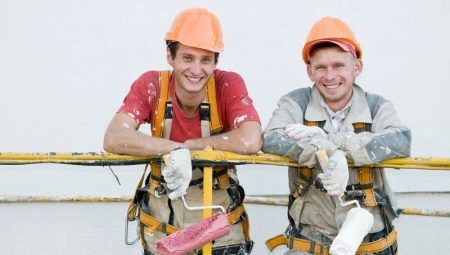There are a number of professions that are very widespread, however, there are a lot of misconceptions around them. Therefore, it is very important to find out who the painter is, and what he really does. No less important will be the knowledge about the basic skills and abilities of this specialist, about his current personal qualities.
Profession Features
When describing the work of a painter, the most important thing is to avoid extremes. Some people believe that this is a very easy and simple matter. Others find it prohibitive. Both of these opinions are far from reality. The use of paints began about 20 thousand years ago. But the release of finished paints began only about 150 years ago.
Painters are in demand in various countries, and work experience can be useful anywhere in the world. To perform their functions, they use a variety of technological tools and devices. Mastering the profession at any level is available to everyone - you just need to make some efforts. The painter is useful to society not only in that it improves the appearance of various designs and products. Qualitatively applied coatings can protect surfaces from a variety of harmful factors.
Unfortunately, the working conditions of this specialist are unfavorable and abound with harmful factors. Varnishes, paints, solvents and other substances used by painters inevitably pose a toxic threat. However, the specific hazard level depends not only on the chemical composition of the substances. Of great importance is the methodology and microclimate. Painters must wear personal protective equipment.
But the harmfulness of the painting is not limited to chemical factors. Often you have to paint at a height. Many substances and compounds used can cause a chemical burn, an allergic reaction.
Problems are still causing:
- forced constant posture;
- the need to often stand for a long time;
- the need in many cases to work in uncomfortable places;
- risk of electric shock.
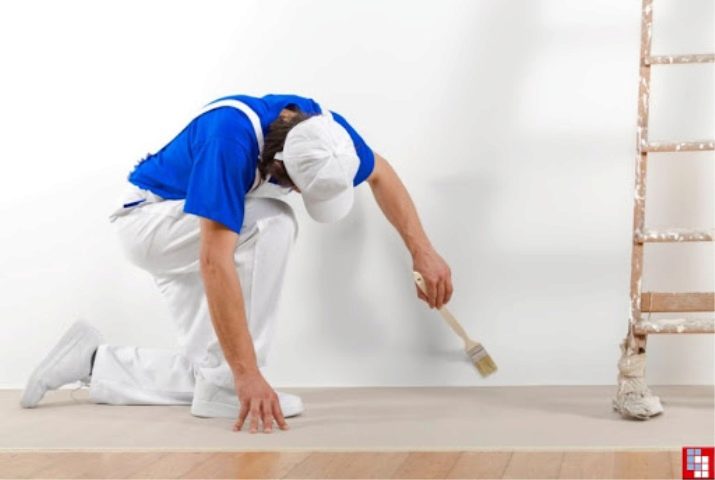
Among the painters there is a clear specialization. For painting pipes, columns, bridges, high-rise buildings and just the upper floors, roofs attract professionals with the skills of industrial climbers. In most cases, however, Under painters understand building finishers with skills in the use of paints and varnishes. Additional branch - the so-called plasterer painter. Already from the name it is clear what he can do in addition to painting surfaces.
Exist house painters. They work only as part of brigades and create the conditions for competent final painting of surfaces. It is the preparer who will remove the old paint, apply the primer. Separately, it is worth mentioning such a direction of the profession as a ship painter. This specialist paints civilian vessels (and even warships) inside and out.
His work has a number of nuances and subtleties, which “colleagues” from construction and industrial organizations may not even suspect. It is necessary to paint not only the hull, but also various pipes, walls, floors and ceilings in the premises on the ship.
The basic requirements for those employed in the painting work of one profile or another are specified in the ETKS. There are a number of specializations in its framework, but this is already particular.

Ranks and Responsibilities
The position of the painter of the 1st category involves painting various parts by immersion in paint or brushing. Pretreatment (applying putty and primer) is not necessary or carried out earlier. Also this specialist:
- degreases surfaces;
- covers them with drying oil;
- filters and prepares paints and varnishes;
- tidies up used tools after finishing work.
The painter of the 2nd category performs the following functions:
- applying paint to not very critical surfaces after processing with putty and primer;
- preparation of products for varnishing;
- leveling surfaces with putty while sealing defects;
- drawing monophonic digital and lettering, simple drawings;
- preparation of varnishes and paints according to a pre-approved recipe.
But still a painter of the 2nd category paints various parts and products with a spray gun. His responsibilities will also be cleaning, smoothing and etching of surfaces from corrosion, fouling in various ways. Including the use of compressors is possible. Examples of work that such a specialist does are:
- cleaning and etching of indoor surfaces;
- coloring of cylinders, various fittings, brackets;
- applying paint to lifebuoys, locomotive and car deflectors, boxes;
- elimination of traces of corrosion on steel structures;
- mastic coating of radiator bushings and gears of reducers.
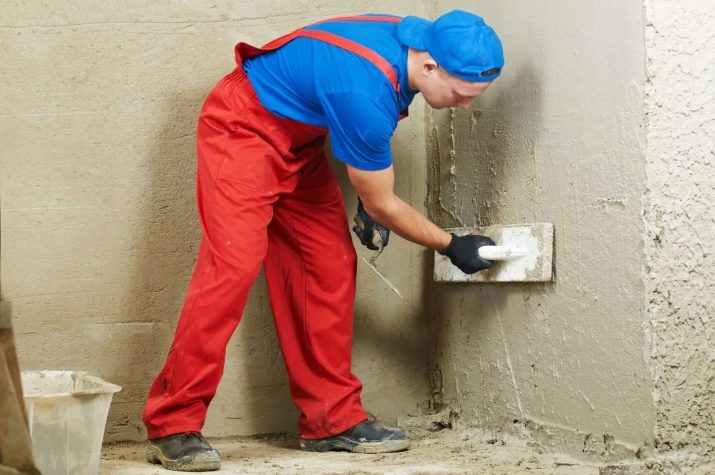
The characteristic of the work of painters of the 3rd category is:
- painting surfaces with particularly high demands;
- cutting them under simple drawings;
- the manufacture of multicolor drawings and inscriptions on stencils, numbers and letters without using stencils;
- spray finish;
- cleaning and subsequent painting of ships in dry docks;
- control the flow of air and the coloring composition in the nozzles;
- application of bituminous varnishes and nitrovarnishes.
Masters engaged in performing painting work at the level of 4 categories can:
- paint the surface with dry powder and liquid paint in several tones;
- polish the base;
- primer, grind and polish the surface;
- stretch a panel with a bang;
- prepare the desired surface for applying complex drawings;
- independently make a complex color scheme;
- restore previously painted surface;
- use cold vacuum spraying;
- make interoperational protection with phosphating primers;
- evaluate the quality of various varnishes, paints and varnish.
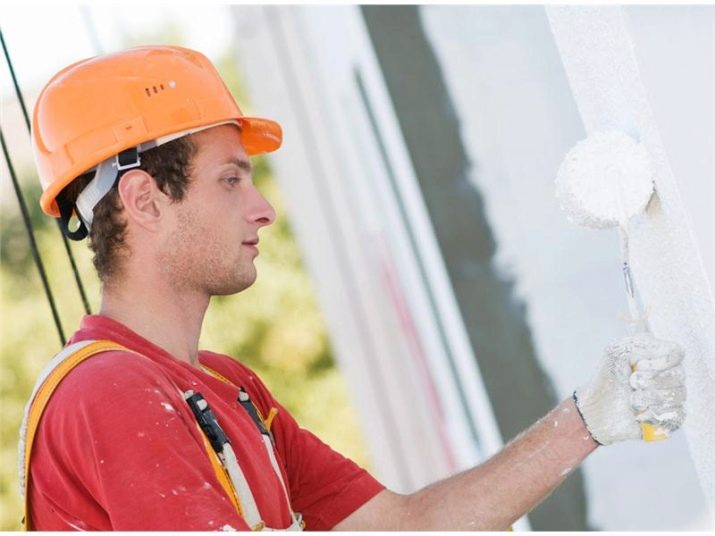
Painters of the 5th category perform the following work:
- paint the surface with various paints and cut it under the valuable wood;
- restore art inscriptions;
- primer the surface and apply a corrosion-resistant coating;
- use paints with anti-fouling effect;
- paint surfaces that are exposed to sea water and aggressive substances.
Painters of the 6th category are ready for embossed, experimental painting, for airbrushing. They can restore art paintings and drawings. Also, a painter of the 6th category will be able to apply antifouling thermoplastic paint with the help of apparatuses, to perform ornamental and volumetric painting. The job descriptions indicate that the painters of any category are working personnel. These instructions also talk about the need to know labor protection standards, fire protection requirements and industrial sanitation.
Plasterers-painters do the following:
- cover surfaces with regular or improved plaster;
- level surfaces with a continuous layer;
- dig boxes and adjacencies of large-panel partitions;
- grind the plaster;
- soften and spray surface;
- perform sandless coating of the layer for particularly high-quality coloring;
- iron plastered surface;
- paint the frames with oil paint;
- level putty;
- surface and flute surfaces;
- Cut and copy arbitrarily complex stencils;
- paste the wallpaper.

Requirements
Certain requirements are imposed on a person in this profession, regarding both knowledge and skills, as well as personal characteristics.
Knowledge and skills
Professional standard implies that a trained painter must be able to:
- trim walls in 2 or more tones;
- to make art decoration and surface repair;
- to finish the wall and ceiling with high-quality wallpaper;
- clean and prepare the walls for subsequent wallpapering.
Other required knowledge and skills are also enshrined in the professional standard.. So, painting and gluing of surfaces occur only after preparation, and it is important to understand how it should be done. You can’t be a painter without understanding the specific purpose and features of the use of hand tools. Highly qualified specialists are required to use correctly mechanized and even semi-automatic devices. Very important in painting works is also the ability to protect surfaces from splashing paint.
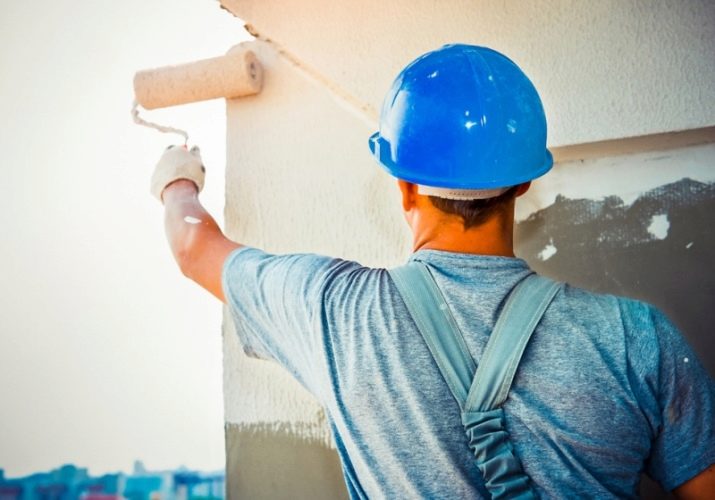
Also, painters should:
- be able to apply drying oil, impregnation, soil and neutralizing solutions;
- own the rules of fire, electrical and sanitary safety;
- be able to provide first aid;
- represent the types of paints and varnishes, their properties and the main risks when using;
- Be prepared to use personal protective equipment;
- systematically undergo regular and extraordinary medical examinations;
- master the techniques of safe and efficient performance of work;
- systematically improve qualifications;
- undergo briefings (general and additional for climbing).
The plasterer painter must use the tool correctly when cracking cracks, cutting knots and pitching. He needs to be able to measure, mix putty composition, correctly apply this composition to the surface. You will definitely have to master the methods and rules of preparing the surface for staining and gluing. No less relevant are the assortment knowledge, markings and key properties of putty.
And, of course, any painter must understand the requirements that apply to the quality of the work performed.
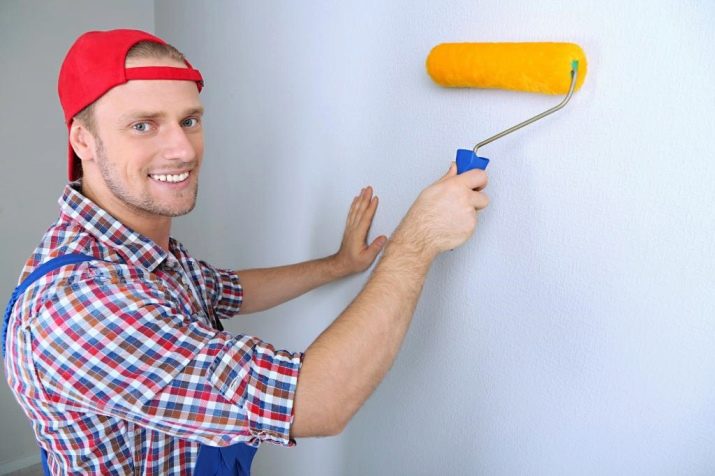
Personal qualities
A must for any painter is excellent color perception. Indeed, without this it is impossible to paint at least something with high quality. Staining of various surfaces is possible only with due patience and general endurance. Since almost everyone has to work at height, it’s important not to be afraid of her. A decent memory for colors, drawings, graphic images is also necessary (otherwise all this cannot be displayed).
Since painting involves constant movement, clear coordination is very important. You can not do without a developed vestibular apparatus and the ability to think well. Of course, any painter should be conscientious and accurate. For this specialist, the level of discipline is extremely relevant. It is necessary to be prepared to complete the work, to endure even the most difficult and unfavorable situations.
Qualitatively paint hard-to-reach areas of the surface or arrange “thin”, complex elements are only capable of flexible and plastic people. With insufficient flexibility of the musculoskeletal system, getting into different places will not be easy.
A good house painter also shows a combination of spatial thinking and technical mentality. It is always assembled and clearly performs the task.
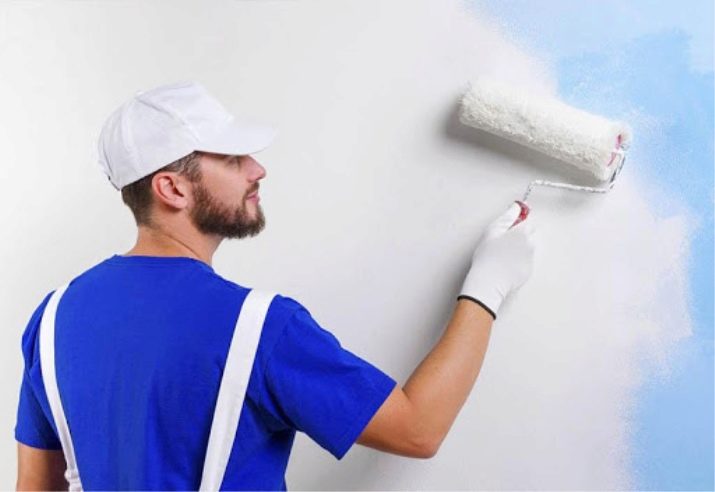
Training
You can get training in the specialty of a painter in almost any secondary special educational institution. But it is still desirable to choose sites that are directly related to construction or industry. Fans of a universal approach will definitely like the specialization "Construction and operation of buildings and structures." After such preparation, you can become not only a painter, but also a mason, a carpenter, even an engineer in the construction industry.
Passing the exam for painting training in Russia is not needed, only the average mark of the certificate is taken into account when selecting. The term of preparation is 3-6 years. In addition to technical schools and colleges, you can enter specialized training courses. The advantage of state educational institutions, however, will be the higher prestige of graduates and the absence of the need to pay tuition fees.
But the courses are often organized directly by large companies and focused on direct training, so the chances of employment are higher.
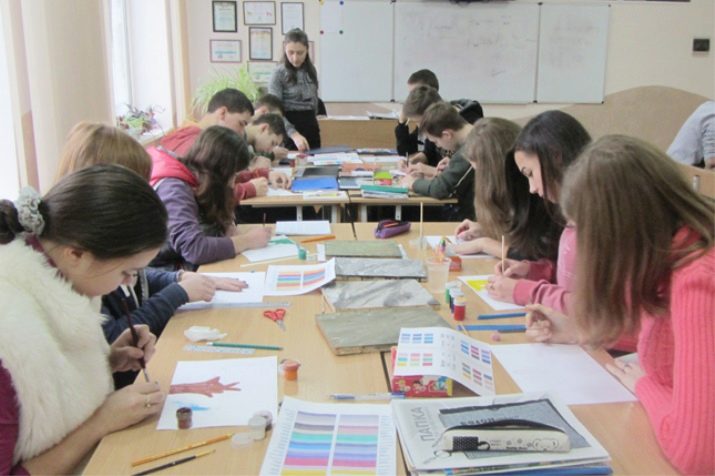
Where does it work and how much does it earn?
The demand for the painting profession is quite high. It is second only to specializations like driver and electrician. Many painters are arranged for the production of furniture, automobile or other profile. Yes, there the requirements are higher than for beginners in the construction industry. However, they pay a clearly large sum.
Having mastered the profession of a painter, you can work in the following organizations:
- construction and installation firms;
- various areas of industry;
- design and architectural organizations;
- housing management companies;
- seaport;
- the airport;
- a number of state and commercial organizations using a large number of real estate and / or transport;
- auto repair shops.

The average salary of painters in Russia is from 21,000 to 120,000 rubles (depending on the region). A mass category specialist in Moscow receives from 40 to 120 thousand rubles. Some specially trained craftsmen are paid significantly more. Undisputed leadership among the regions of Russia (over 168 thousand rubles) belongs to Yakutia. Next come:
- Yamal-Nenets Autonomous District (144 thousand);
- Karelia (94000);
- Sakhalin (83000);
- Novgorod region (82000);
- Kamchatka (80200);
- Murmansk region (80100);
- Bryansk region (71000).
About the profession of a painter, see the video below.
